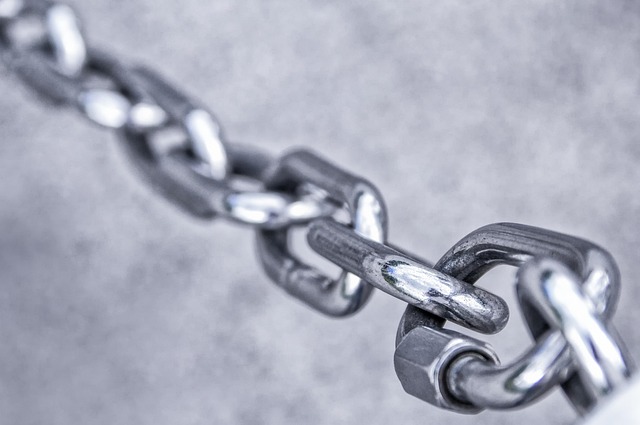When we talk about maximizing mobility, we often think about flexibility, strength, and endurance. However, one often overlooked element vital to supporting these aspects of fitness is iron. This essential mineral plays a crucial role in our overall health and activity levels, making it a key component for anyone looking to enhance their performance in training.
Iron is well-known for its importance in the formation of hemoglobin, the protein in red blood cells responsible for transporting oxygen throughout the body. Adequate iron levels mean our muscles receive a steady supply of this vital gas, which is essential during high-intensity workouts. When our bodies are low on iron, the result can be fatigue, decreased endurance, and ultimately, a limit on our mobility. In contrast, optimized iron levels empower us to push boundaries, sustain longer sessions, and enhance recovery.
Incorporating iron into your diet is a great way to bolster your training. Red meat, poultry, and fish are rich sources of heme iron, which is easily absorbed by the body. For those on a plant-based diet, lentils, beans, tofu, spinach, and fortified cereals provide non-heme iron, which can still effectively contribute to your iron intake if paired with vitamin C-rich foods such as citrus fruits or bell peppers to aid absorption.
Beyond its role in oxygen transport, iron also supports necessary enzymatic functions that play into energy production. This means that not only does iron assist in delivering oxygen to working muscles, but it also enables those muscles to utilize the oxygen effectively. Without sufficient iron, even the most dedicated athlete may find themselves feeling sluggish, unable to attain peak performance or mobility.
Monitoring your iron levels and ensuring they are within optimal ranges can yield significant benefits. Regular physical activity combined with a nutritious diet can help maintain these levels, but be sure to consult with a healthcare professional to understand your individual needs better. Anemic symptoms can sometimes creep in unnoticed, leading to decreased activity levels and dissatisfaction with training outcomes.
Iron is also intertwined with our immune system, contributing to overall health and well-being. Striving for peak mobility and fitness isn’t just about how much you can lift or how long you can run. It’s about creating a robust foundation that supports every aspect of your training. That means taking a holistic approach, recognizing that nutrition and health play an integral role in achieving your fitness goals.
In conclusion, as you embark on your fitness journey, don’t forget to give iron the attention it deserves. It’s not just a mineral; it’s a key player in unlocking your full potential for mobility and activity. Whether you’re an athlete or a fitness enthusiast, understanding the importance of iron can be transformative for your training experience.




